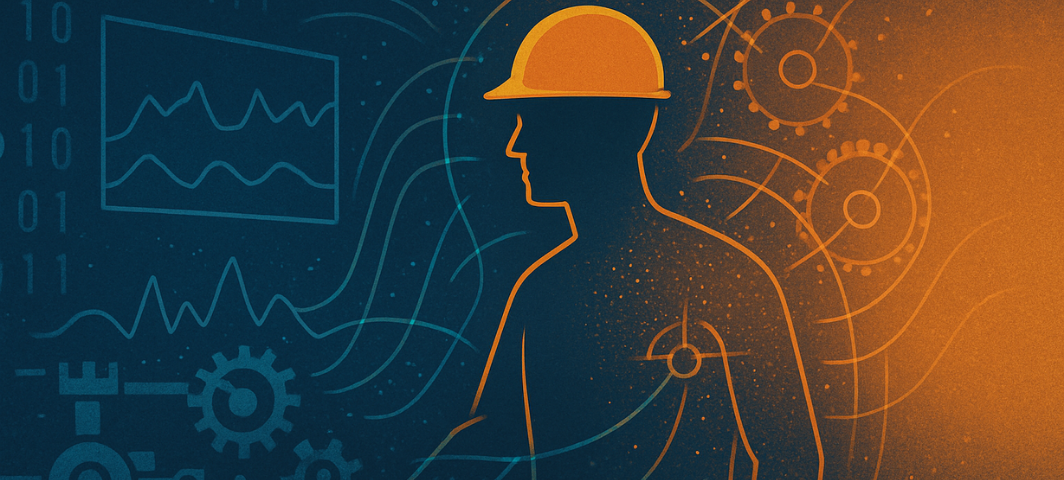In modern manufacturing, machines generate endless streams of data. Sensors capture torque curves, vibration signatures, cycle times, and quality metrics with near-perfect precision. Plant leaders can monitor a line’s heartbeat in real time.
But one piece has always been missing: people.
Machines Have Sensors, People Don’t
Operators are the most adaptable part of any production system. They problem-solve, compensate for upstream issues, and develop workarounds when processes fall short. Yet, historically, this human contribution has been invisible in production data.
Supervisors might spot deviations during a gemba walk or during a training audit. But between those moments, critical knowledge about how people actually perform the work goes unmeasured. That blind spot has consequences:
- Standard work drift erodes consistency over time.
- Hidden best practices go undocumented.
- Training gaps show up as quality or safety issues.
The Missing Link in Production Data
Today, that gap is closing. Advances in AI-powered vision systems finally give manufacturers a safe, ethical way to capture and analyze human motion in the flow of work. Not to monitor people as individuals, but to connect behavior to outcomes: cycle time, ergonomics, throughput, and quality.
For Ops leaders and Plant VPs, this means:
- Seeing where and why processes drift from standard.
- Identifying how top performers adapt in ways worth scaling.
- Supporting training managers with data-driven coaching tools.
In other words, the “human side” of production is no longer anecdotal, it’s measurable.
Why It Matters Now
Margins are tight. Workforce turnover is high. New hires need to ramp faster, and seasoned operators are expected to flex across multiple stations. Without understanding how humans interact with machines, leaders are left with only half the story.
By integrating human movement data with machine data, manufacturers unlock the full picture of performance, not just what’s happening, but why. That’s how world-class plants get built and sustained.
Machines may run the line, but people make it work. Capturing the human side of production data is the next frontier in operational excellence.



.svg)

